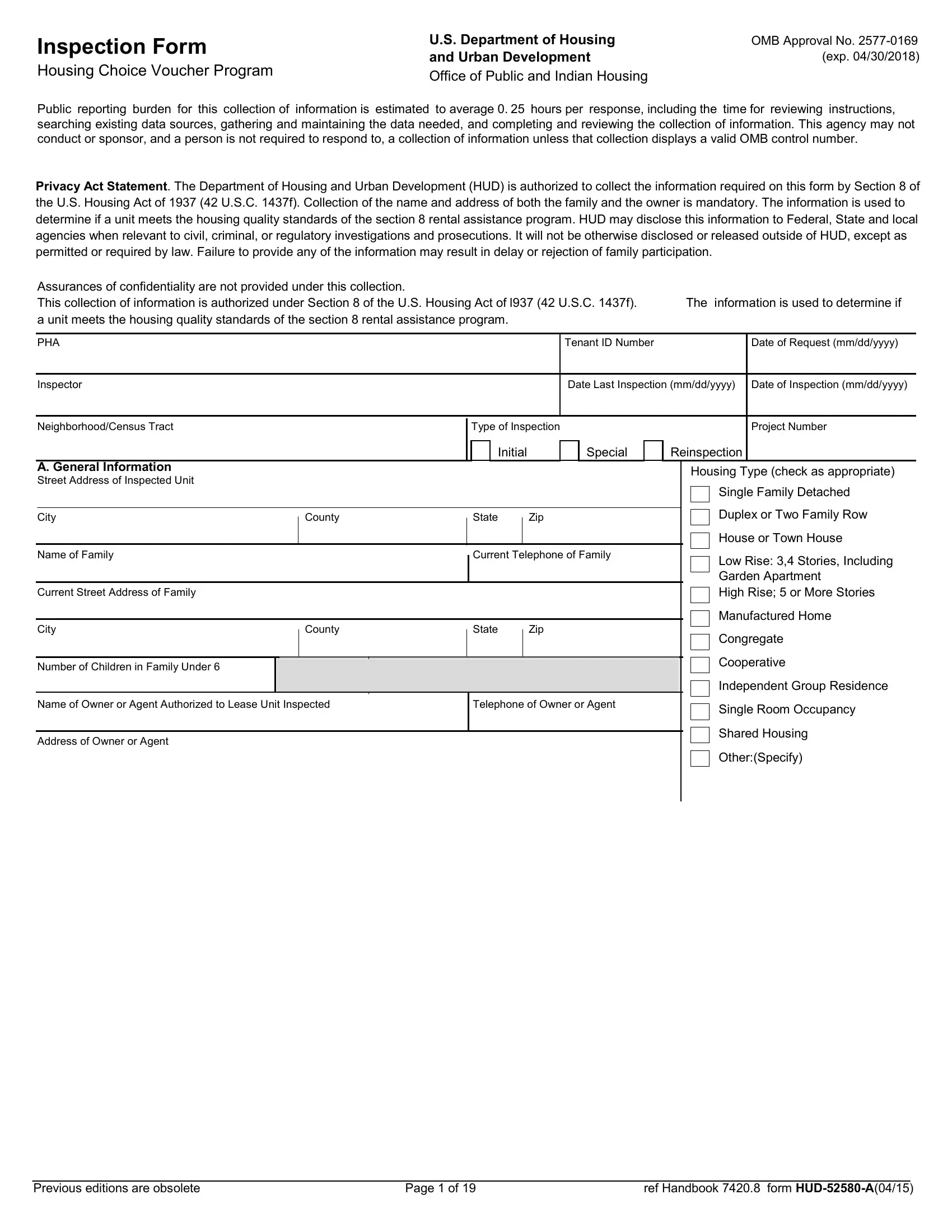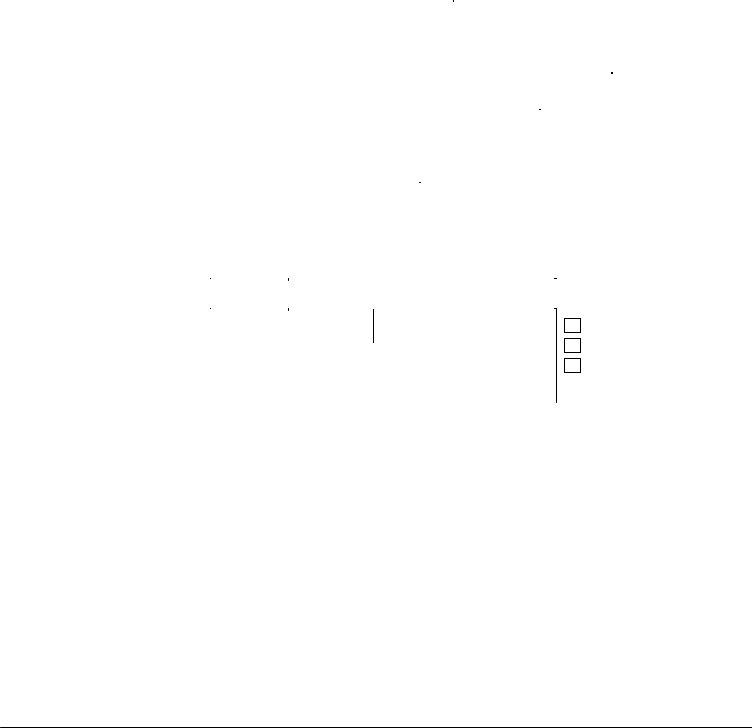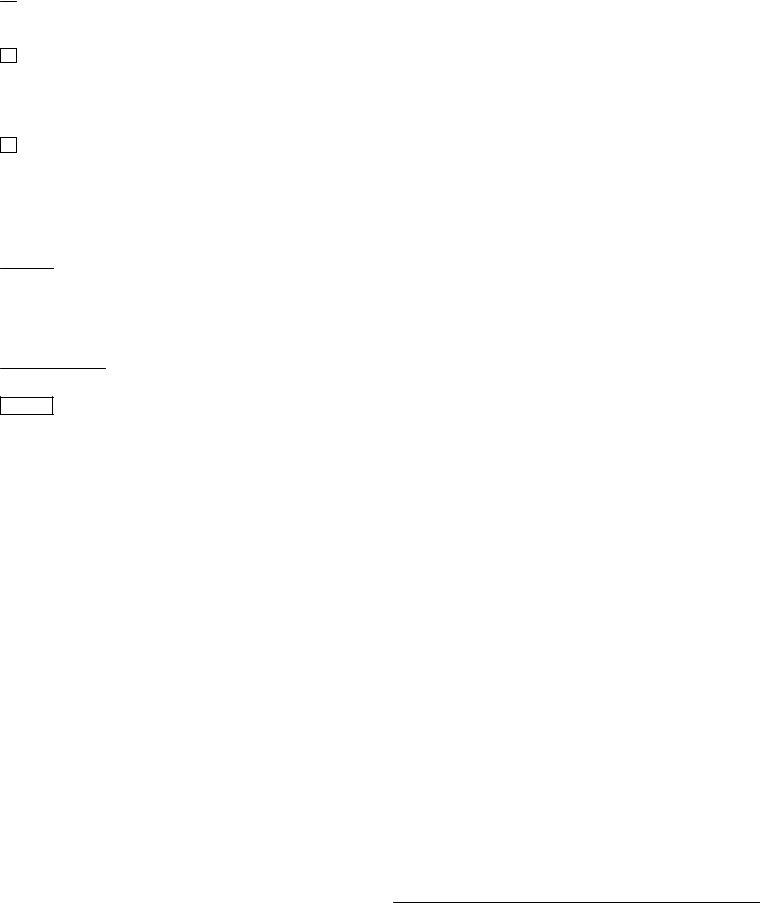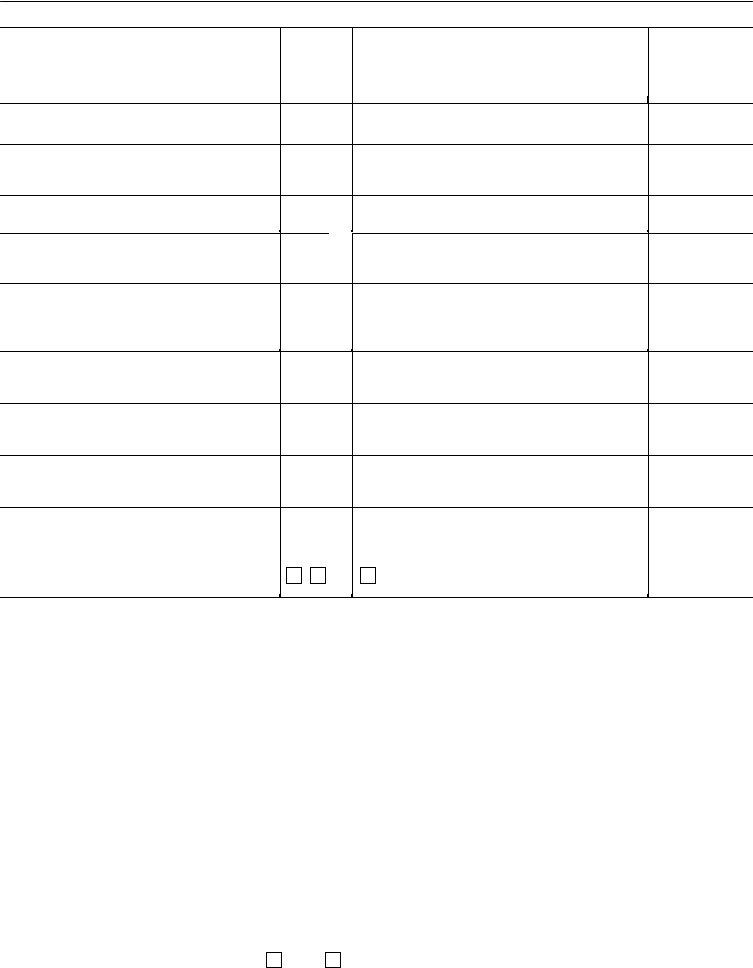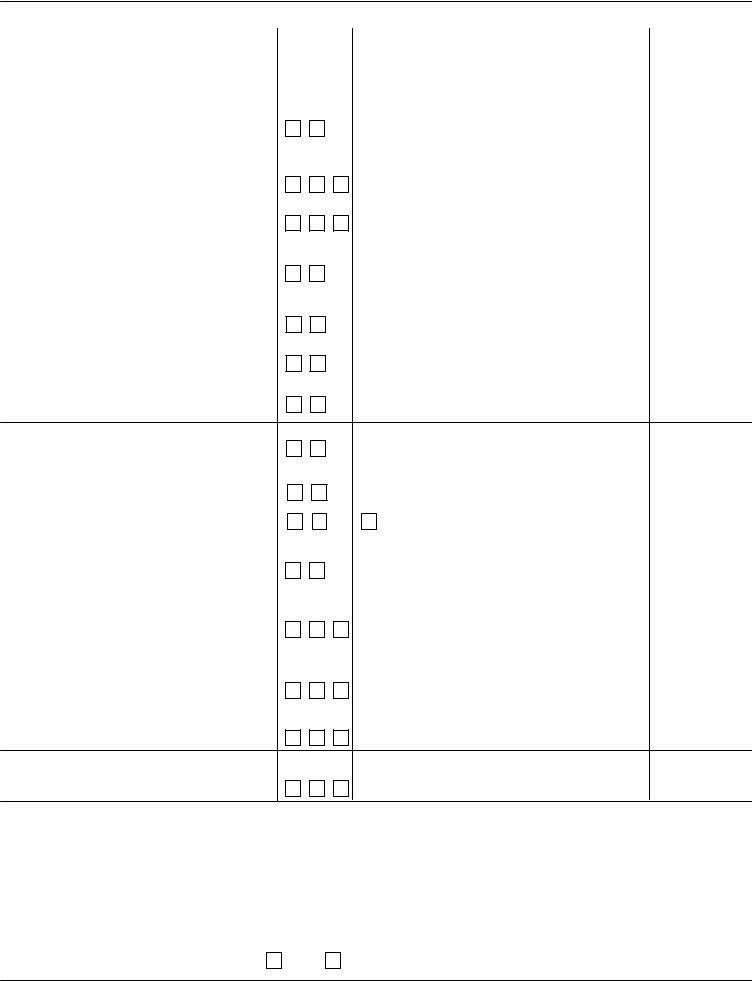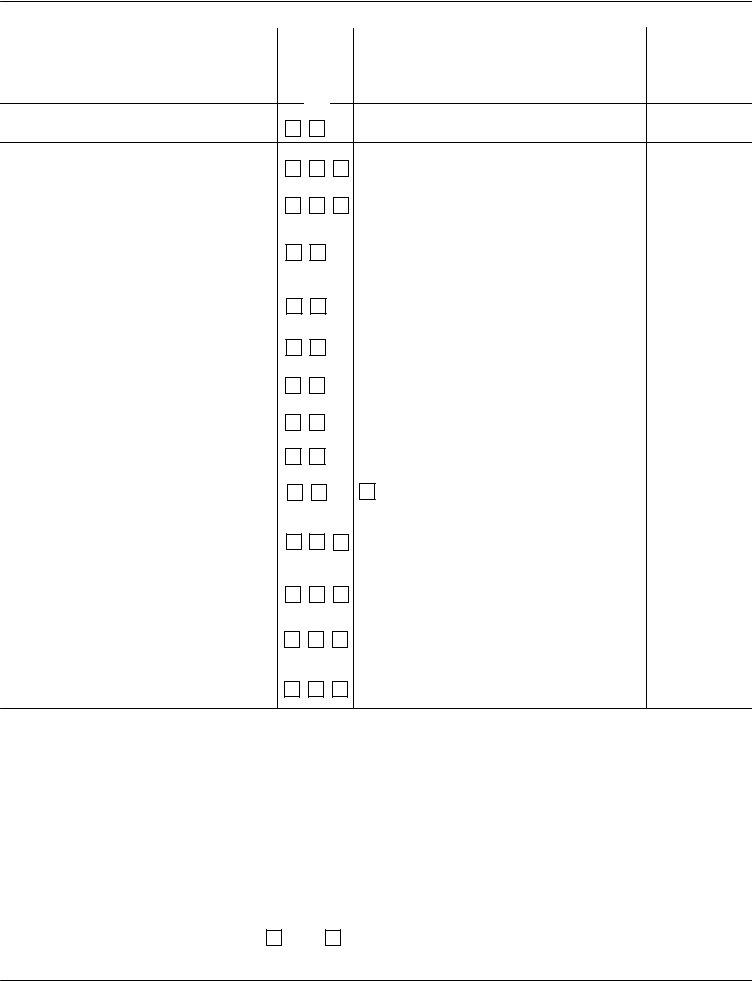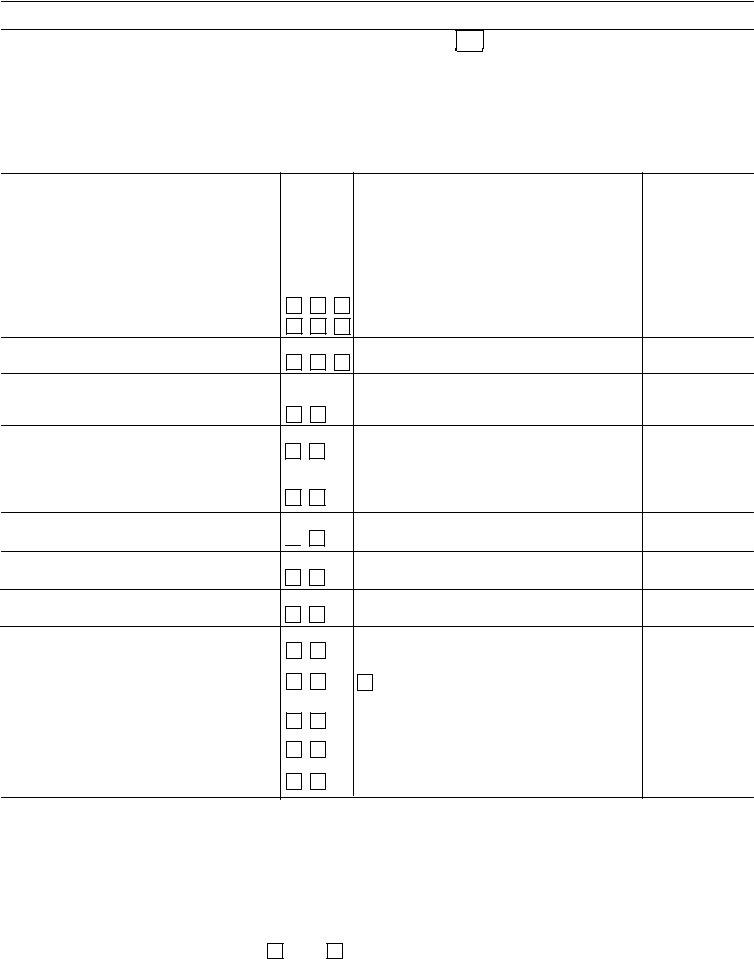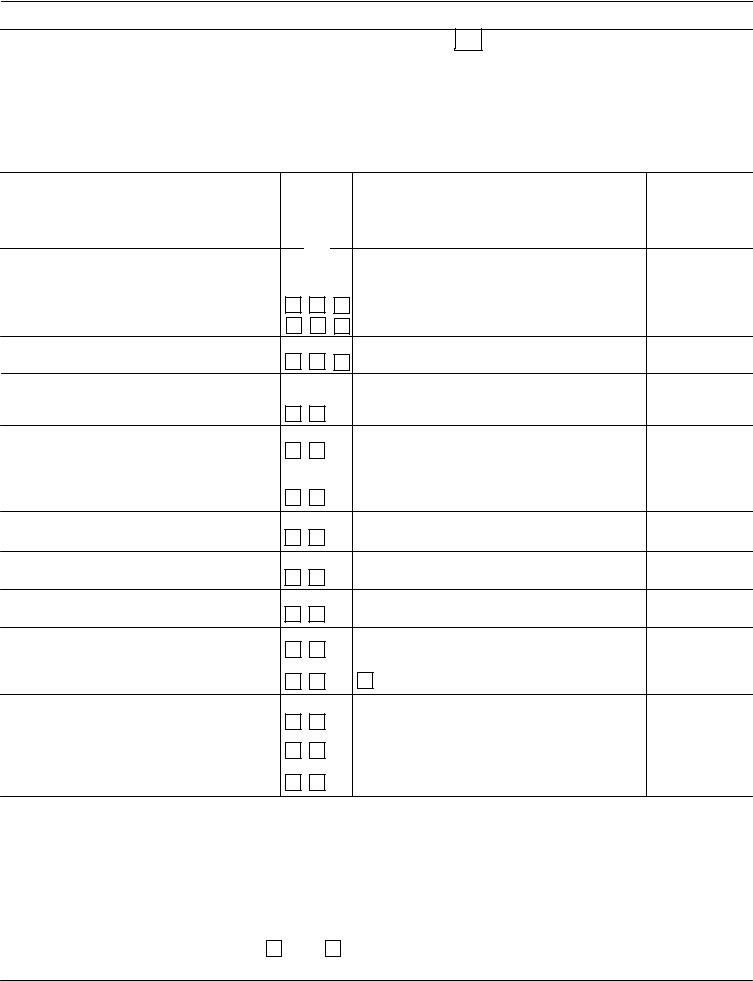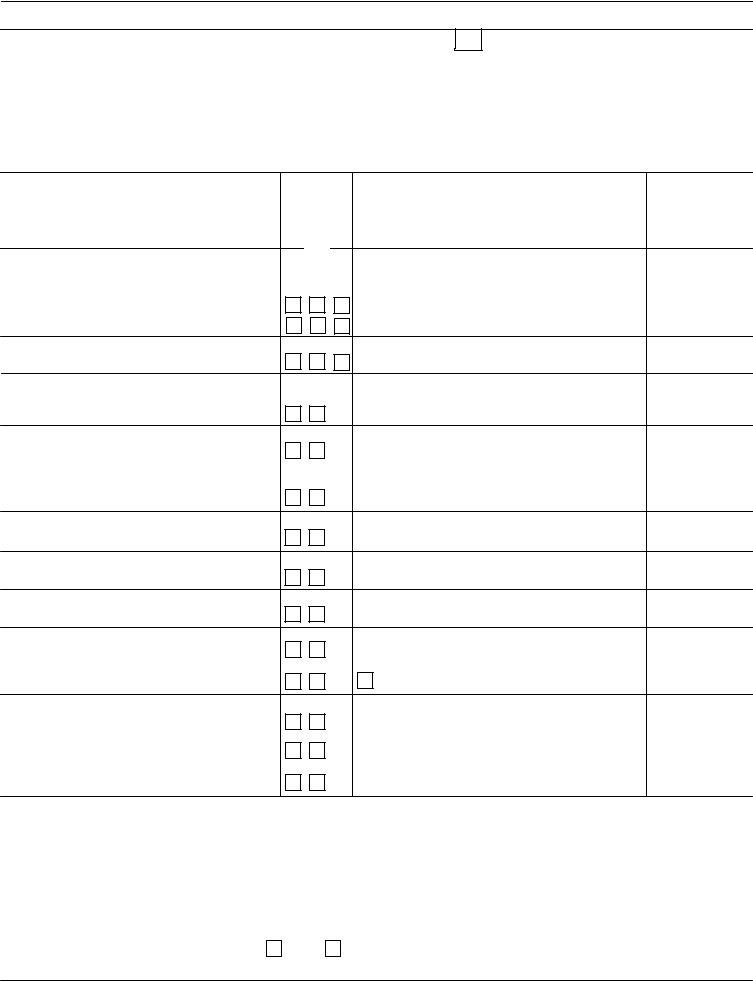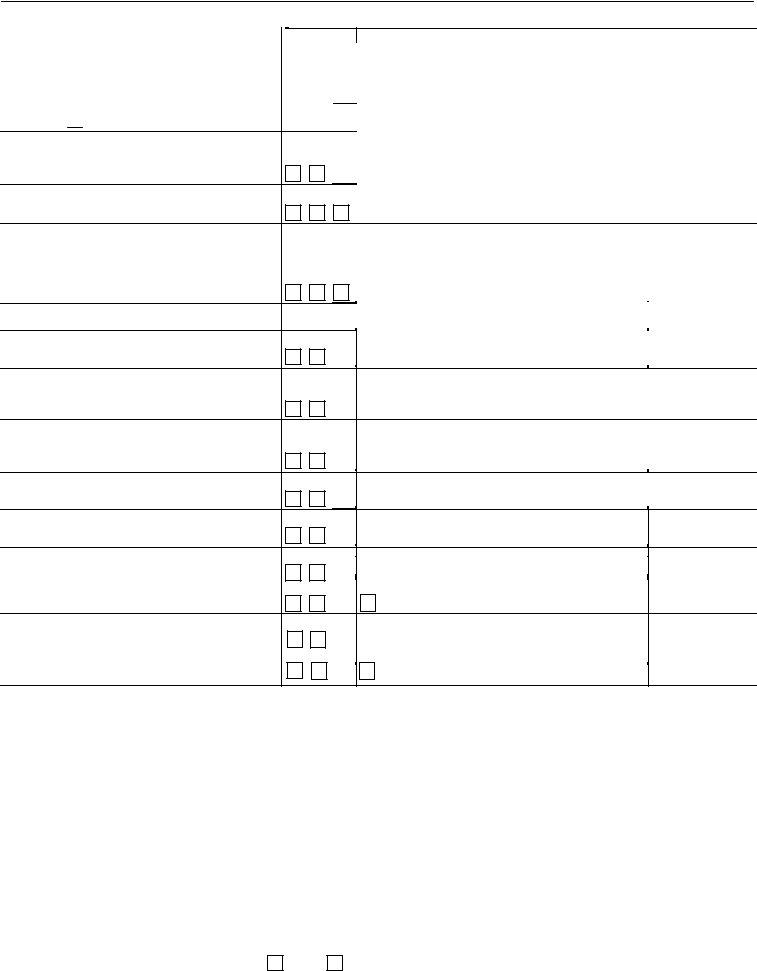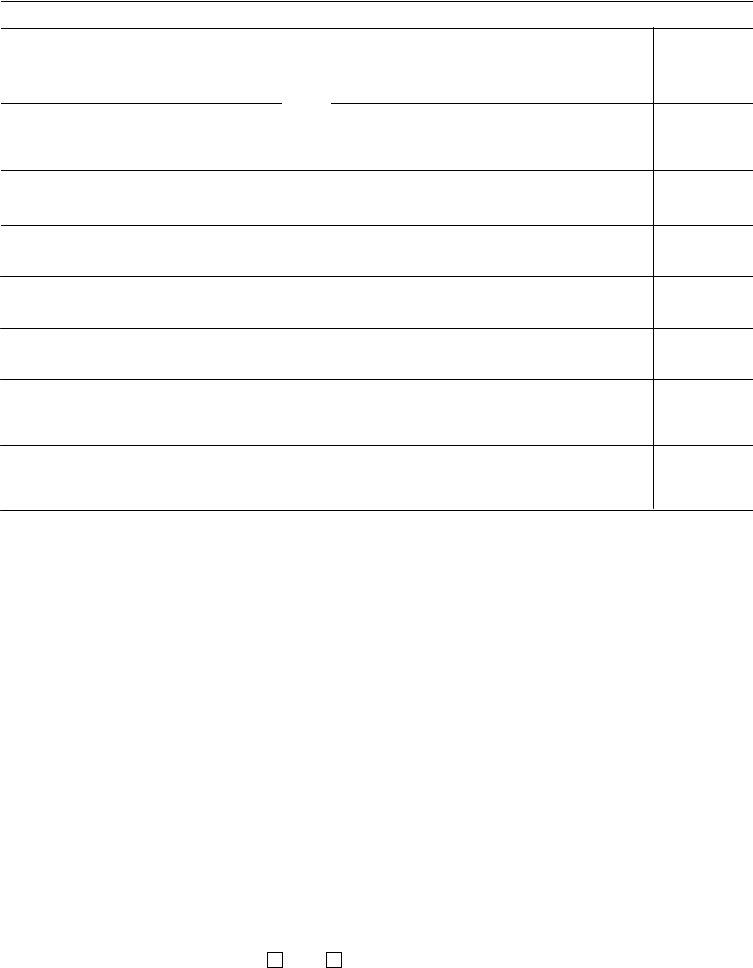You'll be able to fill out form hud 52580 a effectively with our PDFinity® PDF editor. In order to make our editor better and more convenient to utilize, we consistently develop new features, with our users' suggestions in mind. With some basic steps, it is possible to begin your PDF editing:
Step 1: Click the orange "Get Form" button above. It's going to open up our tool so that you can start filling in your form.
Step 2: With this advanced PDF editor, you're able to accomplish more than just fill in forms. Express yourself and make your forms seem professional with customized textual content added, or modify the file's original content to perfection - all that accompanied by an ability to incorporate almost any photos and sign the document off.
It is simple to fill out the form using out practical tutorial! Here's what you need to do:
1. First, when filling out the form hud 52580 a, beging with the part containing following blank fields:
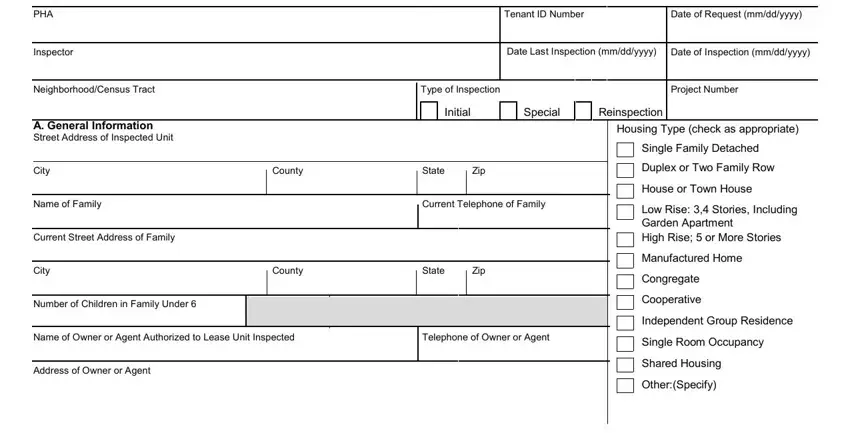
2. Right after filling out this section, head on to the subsequent stage and enter the necessary particulars in all these fields - Fail If there are any checks, Inconclusive If there are no, B Summary Decision on the Unit to, Pass If neither nor above is, Unit Size Count the number of, FMR or Payment Standard Record in, Request for Tenancy Approval form, count any of, the following items or fixtures as, and Living Room Living Room Present.
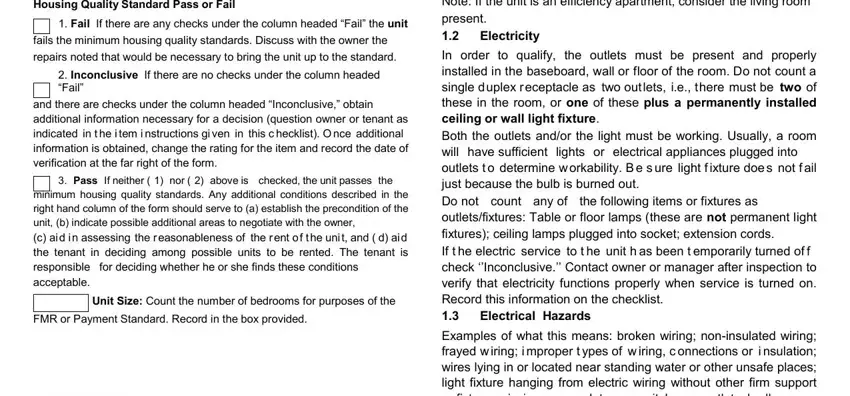
3. Within this step, check out Year Constructed Enter from Line, Request for Tenancy Approval form, Checklist Category Living Room, Each part of the checklist will be, and Living Room Living Room Present. These should be completed with utmost attention to detail.
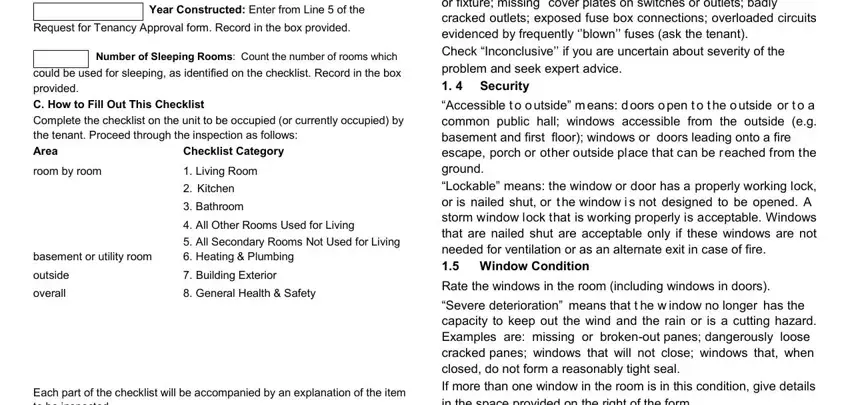
4. This next section requires some additional information. Ensure you complete all the necessary fields - s s a P s e Y, s u c n o c n, If Fail what repairs are necessary, o N, Living Room Present Is there a, Wall Condition Are the walls, Floor Condition Is the floor, and If Fail or Inconclusive date - to proceed further in your process!
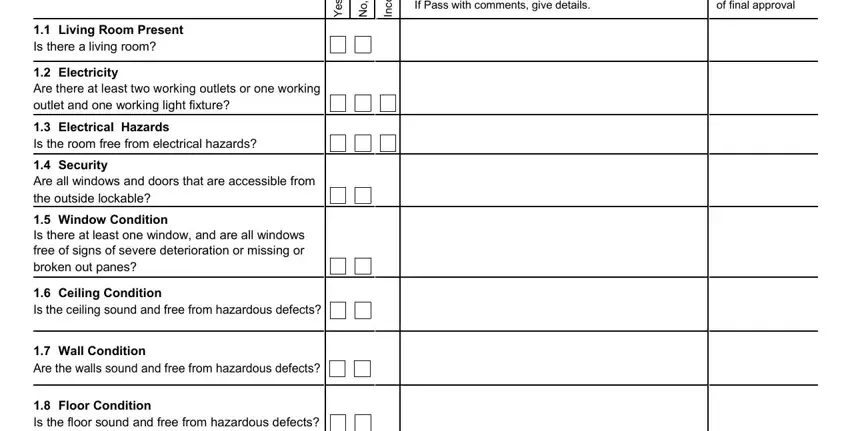
You can certainly get it wrong while filling in the If Fail what repairs are necessary, for that reason be sure to go through it again before you decide to send it in.
5. While you come near to the end of the file, you'll notice a couple more requirements that have to be satisfied. In particular, Floor Condition Is the floor, If no does deteriorated surfaces, Additional Comments Give Item, and Not Applicable should be done.
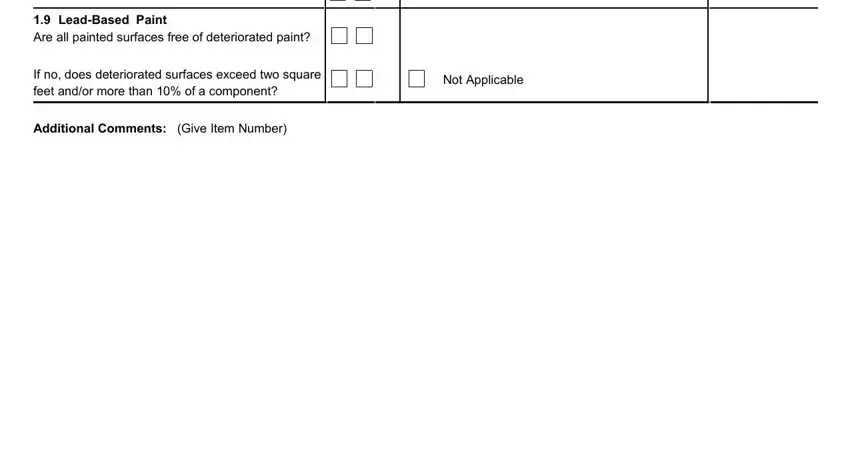
Step 3: When you've glanced through the details provided, press "Done" to complete your form at FormsPal. Right after setting up a7-day free trial account here, you will be able to download form hud 52580 a or email it at once. The form will also be easily accessible from your personal account page with all your adjustments. When using FormsPal, you can complete documents without worrying about data incidents or records being distributed. Our secure software helps to ensure that your private details are kept safe.
